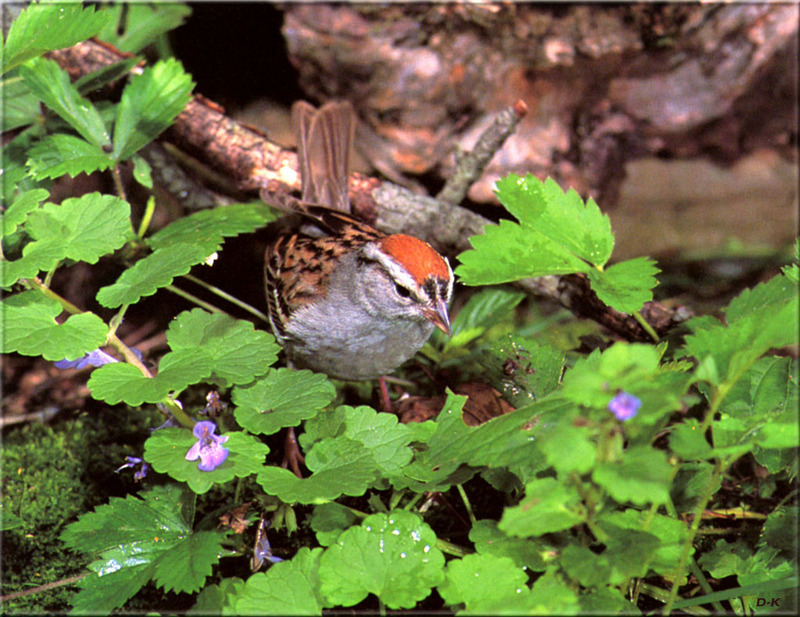|
| Query: bird | Result: 8881st of 32675 | |
[Birds of North America] Chipping Sparrow (Male)
| Subject: | [Birds of North America] Chipping Sparrow (Male)
| |

| Resolution: 1024x790
File Size: 221144 Bytes
Upload Date: 2005:04:07 11:08:28
|
Spinaker dk North American Wildlife |
^o^
Animal Pictures Archive for smart phones
^o^
|
|